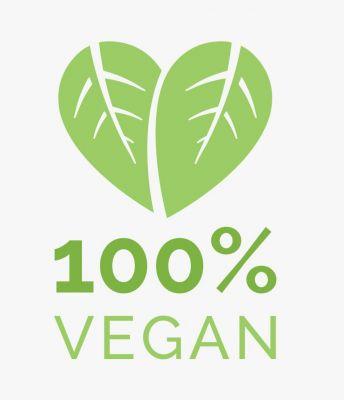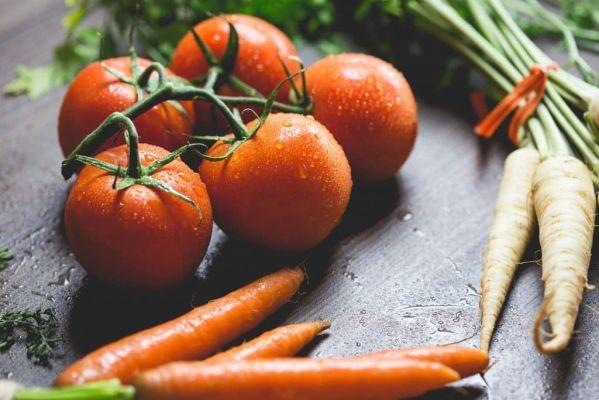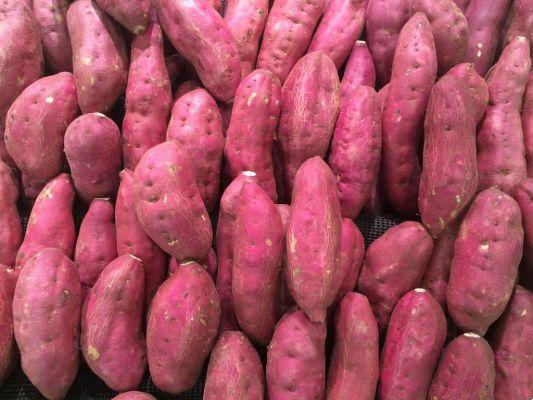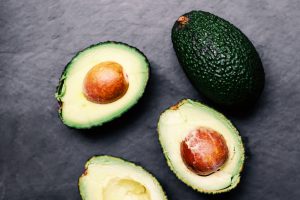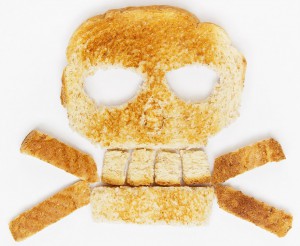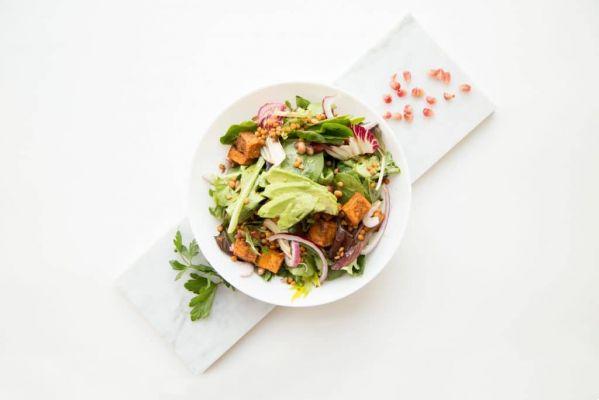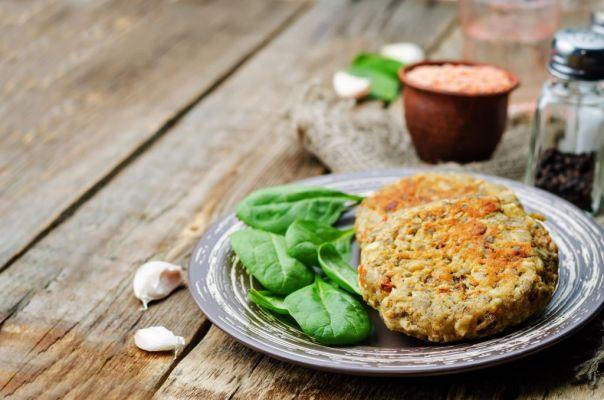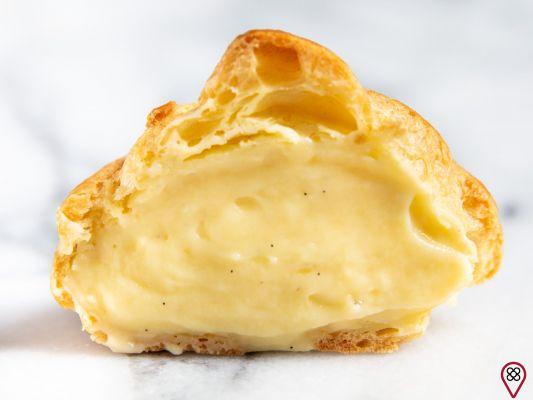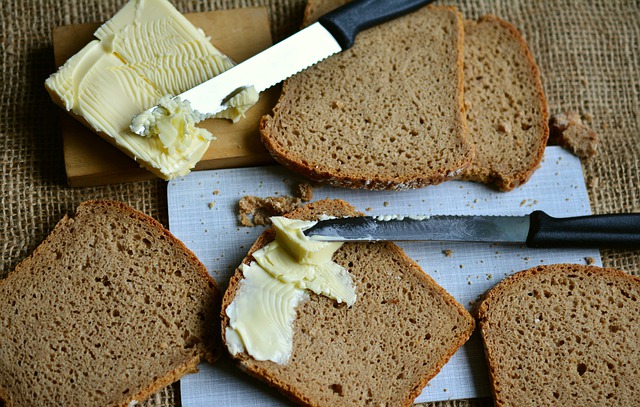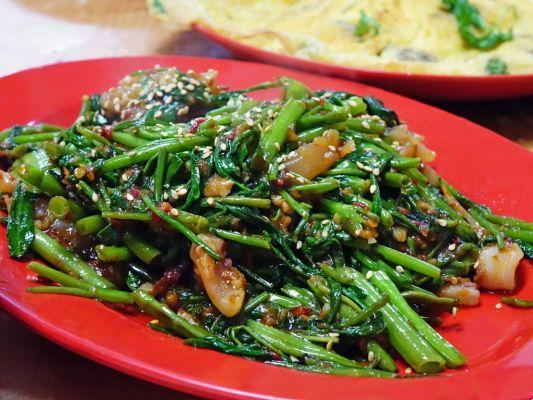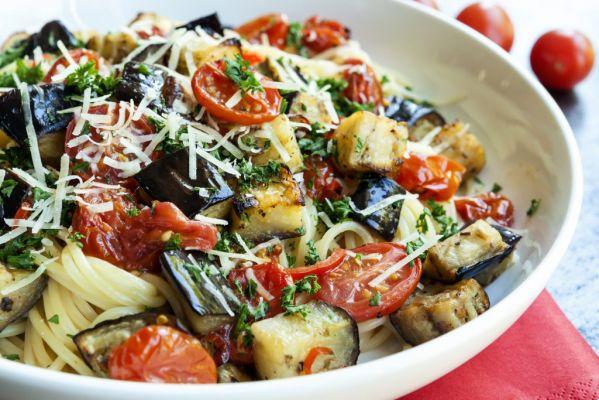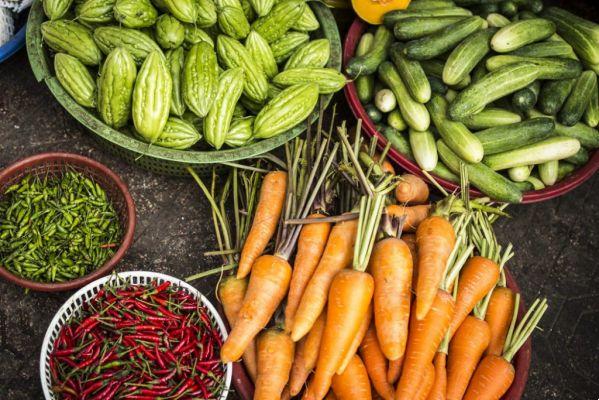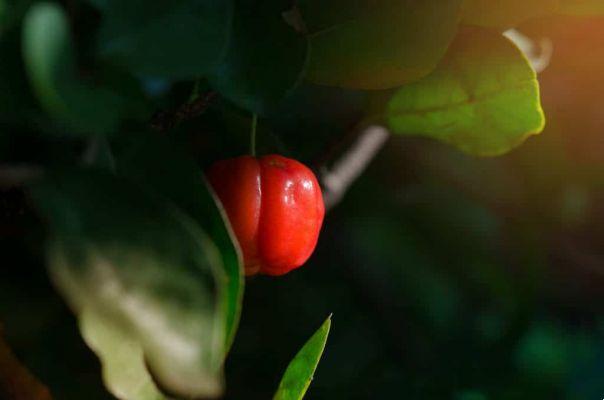There are many myths and truths around sugar consumption. It is a starch that when ingested, has different effects on our body. Despite being a source of energy, its intake is often responsible for an increase in fat in the body, since its absorption, when in a refined form, is done very quickly and stored by the body in the form of fat.
There are some “types” of sugars that must be correctly associated with food, so that they can work functionally in the body without causing unwanted unhealthy weight gain. In addition, many people are tolerant to the ingestion of glucose (sugar molecule) due to the insufficiency of insulin for its absorption, as is the case with diabetics.
Where is he?
One of the big problems involves the presence of sugar in many of the foods we consume daily and we don't realize it. Currently, industrialized foods contain a high content of the ingredient which, unfortunately, has been responsible for developing diseases related to this excess in a large portion of the population.
Breads, juices, soft drinks, ice cream, pasta and many other foods have a high sugar content in their composition, disguised by the strong flavor associated with the dyes and other substances that accompany them, in addition, the “addictive” effect of the polymer on the body causes that consumption is constant and becomes, as it were, a necessity. That “desire for sweets”, “desire to eat”.
How to identify it?
Few are those who evaluate the ingredient list of the products they take to the table at home. The act of reading the food label is very important and unusual. It is worth knowing that the order of ingredients on the list is described in descending order of percentage, that is, the first ingredient on the list is the most abundant in the food. So if it is sugar, this is a bad sign.
Another little-known information is that sugar may be described in another denomination. That's right, he has other names and can fool you. Some products called "light", "zero sugar" add other molecules with the function of sweetening the food, however, these can have the same effects of sugar in the body.
Some names of “disguised” sugars: polydextrose, starch, maltodextrin, glucose syrup, among others.

the sweeteners
When talking about cutting sugar in food, the first thing to do is usually to insert the sweetener in its place. But beware! Many sweeteners are not good for your health and can cause effects far beyond weight loss or weight gain.
Saccharin, for example, can stimulate that “sweet craving” and make you indulge in much greater abuse, even after consuming a large bowl of diet gelatin.
Aspartame and Acesulfame K, also sweeteners, can have the same or worse effects, as they are associated with stimulating cancer cells, or tumors, if consumed in excess.
Among the artificial sweeteners, the least harmful to health is Sucralose, proven to be the “best processed by the body” compound, however, not the best.
Among the sweeteners, the best alternatives are the natural ones, not made in the laboratory: Stevia and fructose, but also without excess.
How to replace it?
The replacement of sugar in food is necessary for a more balanced and healthy diet and weight maintenance. However, attention should be paid to what will be put in their place, since the various dangers of artificial sweeteners and other forms of sugars are already known.
For those crazy about sweets, a good option is the consumption of brown sugar, a derivative with a little slower absorption in the body. Even so, its consumption must be very well moderated because it is processed as well as common refined, with little variation.
Sweeteners should be an alternative especially for diabetics, but it is advisable to consume natural sweeteners made from stevia, a plant.
One of the healthiest alternatives is ingesting “natural sweets”, that is, abusing the sweet taste of fruits and natural products to sweeten other foods. Honey and agave are natural products, which if consumed in correct amounts can be the best “sweeteners” on the market. Another option is to consume fruits such as dates and raisins when you want to have a sweet taste in a recipe.
The most important tip is to identify the consumption of sugar in your diet and look for other ways to, if possible, eliminate it or moderate it without losing the pleasure of eating something sweet. Alternatives exist, little by little, we can insert them into our routine and the results will be visible and lasting.
- Written by Julia Zayas of Team Me Without Borders.



